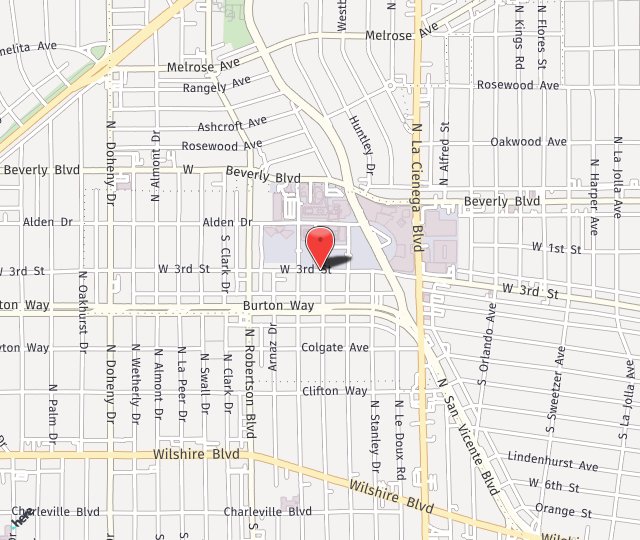Conditions
Face

Arms

Trunk
Legs
Nerve Conditions FAQ’s
What Causes Nerve Pain?
Nerve pain can result from compression, inflammation, and/or direct trauma of the affected nerve. Examples include compression under tight anatomic structures, inflammation due to viral illness or diabetes, and direct trauma when a nerve is crushed or cut. When a nerve is injured in one of these situations, it signals to the brain the feeling of pain. If the nerve cannot heal on its own and its injury persists, patients can develop chronic pain.
What Causes Nerve Pain In the Leg or Foot?
The common peroneal (fibular) nerve, which supplies feeling to the outer side of the leg and top of the foot, can be compressed as it travels beneath the fibrous passageway (fibular tunnel) along the outer side of the knee. This is often referred to as Common Peroneal Nerve Entrapment. The tibial nerve, which supplies feeling to the bottom of the foot, can be compressed as it travels beneath the fibrous passageway (tarsal tunnel) along the inner side of the ankle. This condition is termed Tarsal Tunnel Syndrome. Diabetes, repetitive sprains, and trauma can all lead to increased swelling within these fibrous passageways and decreased space for the nerves to travel. If the amount of space for these nerves to travel becomes too tight, they can experience compression injury and signal pain to the brain. Depending on which nerve(s) is(are) involved, patients can feel burning pain over the leg, top of the foot, and/or bottom of the foot. In long-standing situations, patients can report numbness and tingling along these areas.
What Causes Nerve Pain in the Arm or Hand?
The brachial plexus, which supplies all the major nerves to the arm and hand, can be compressed as it travels between the muscles of the neck, between the collarbone and first rib, or as it travels beneath the pectoralis chest muscles. This is often referred to as Thoracic Outlet Syndrome. The median nerve, which supplies feeling to the thumb, index and middle fingers, can be compressed as it travels beneath the fibrous passageway (carpal tunnel) along the wrist. This condition is termed Carpal Tunnel Syndrome. The ulnar nerve, which supplies feeling to the ring and pinky fingers, can be compressed as it travels beneath the fibrous passageway (cubital tunnel) along the inner side of the elbow. This is often referred to as Cubital Tunnel Syndrome. The radial nerve, which supplies feeling to the back of the hand and fingers, can be compressed as it travels beneath the fibrous passageway (radial tunnel) along the back of the forearm. This condition is termed Radial Tunnel Syndrome. Diabetes, repetitive motion, and trauma can all lead to increased swelling within these fibrous passageways and decreased space for the nerves to travel. If the amount of space for these nerves to travel becomes too tight, they can experience compression injury and signal pain to the brain. Depending on which nerve(s) is(are) involved, patients can feel burning pain over the shoulder, arm, elbow, forearm, or hand. In long-standing situations, patients can report numbness and tingling along these areas.
What Causes Nerve Pain in the Head? What are the Symptoms?
Throughout the head and neck, nerves travel beneath a passageway formed by arteries, fascia, and/or muscle. These nerve passageways can be narrowed when patients develop spasm or tightness of the head and neck muscles or an increase in size of the arteries. As the nerves travel beneath these tight passageways, they can be damaged by the pressure and develop inflammation and irritation. The damaged nerve triggers pain (headaches) when the compression is ongoing or severe. Nerve compression, irritation, and inflammation can be a common trigger to different types of headaches. Migraine headaches occur on one-side and are accompanied by nausea, disturbed vision, and sensitivity to light and sound. Some people have an aura just before a migraine begins, which can be flashes of light (visual), difficulty speaking (verbal), or hearing voices (auditory). Occipital neuralgia is an aching, burning, and throbbing pain that starts at the base of the head and radiates up the scalp. Patients can report pain when lying on the back of their head and sometimes pain behind their eyes. Trigeminal neuralgia is an aching pain that occurs on one side of the forehead or temple. Posttraumatic and postoperative headaches can involve either the forehead, temple, or base of the head depending on the site of the injury.



